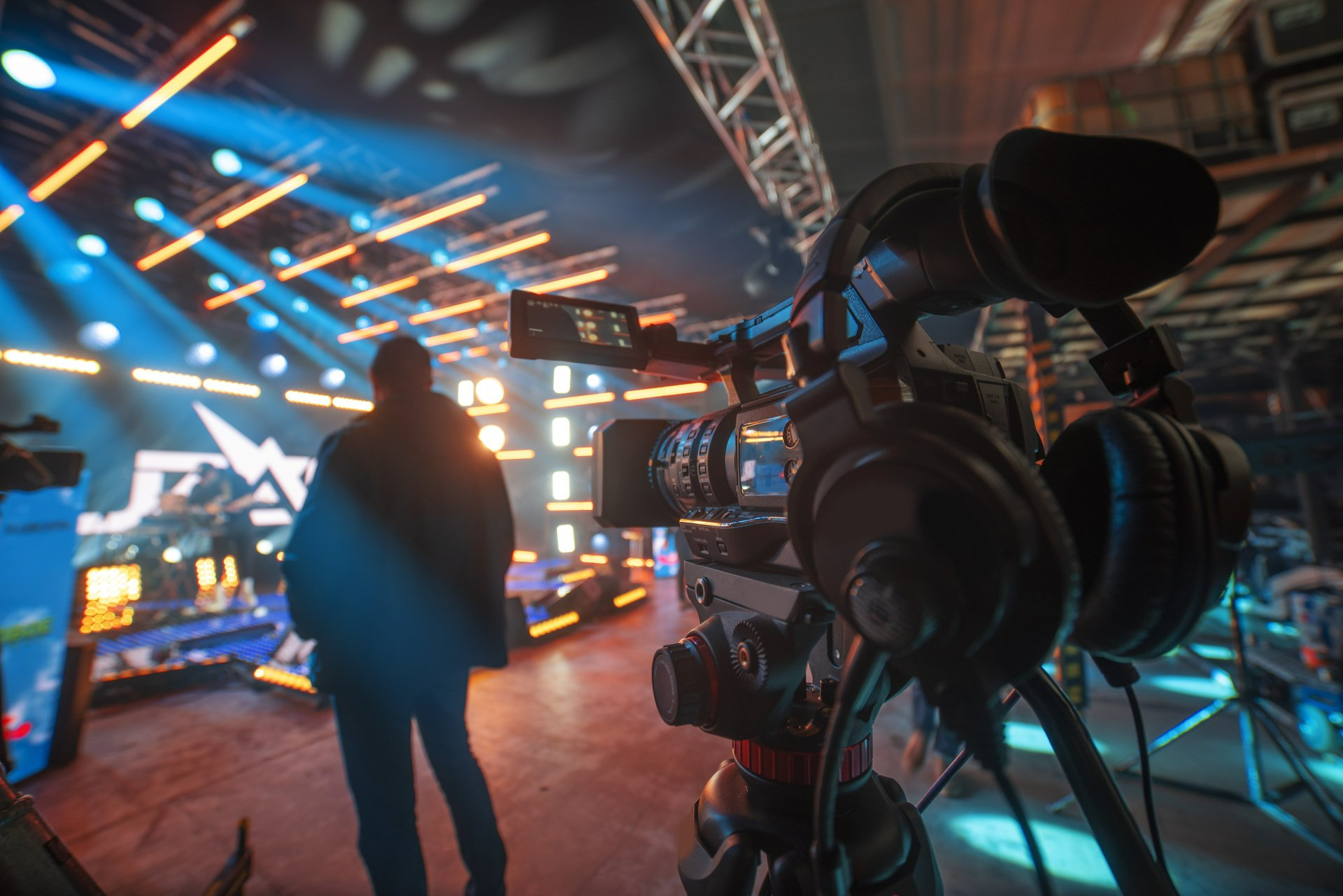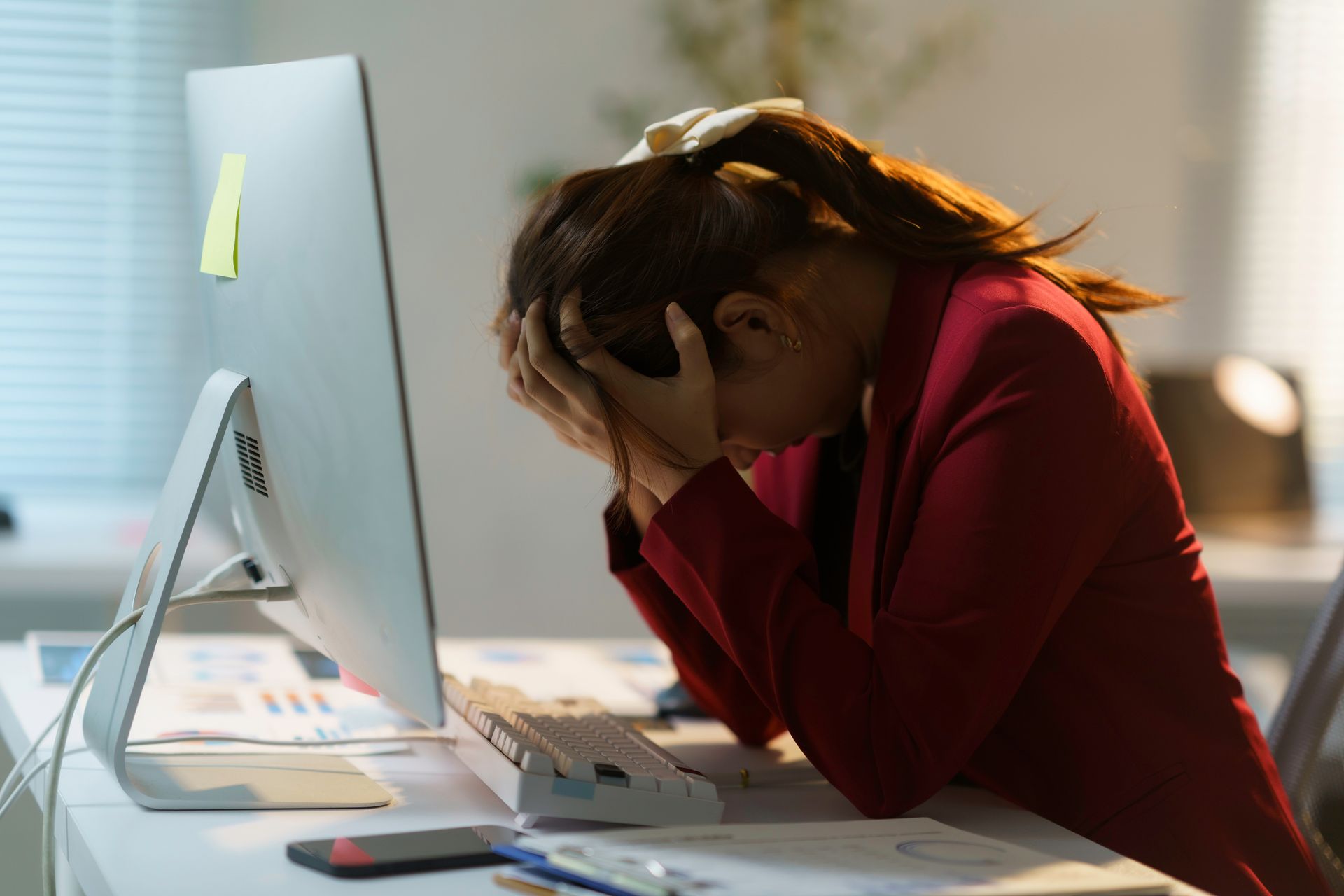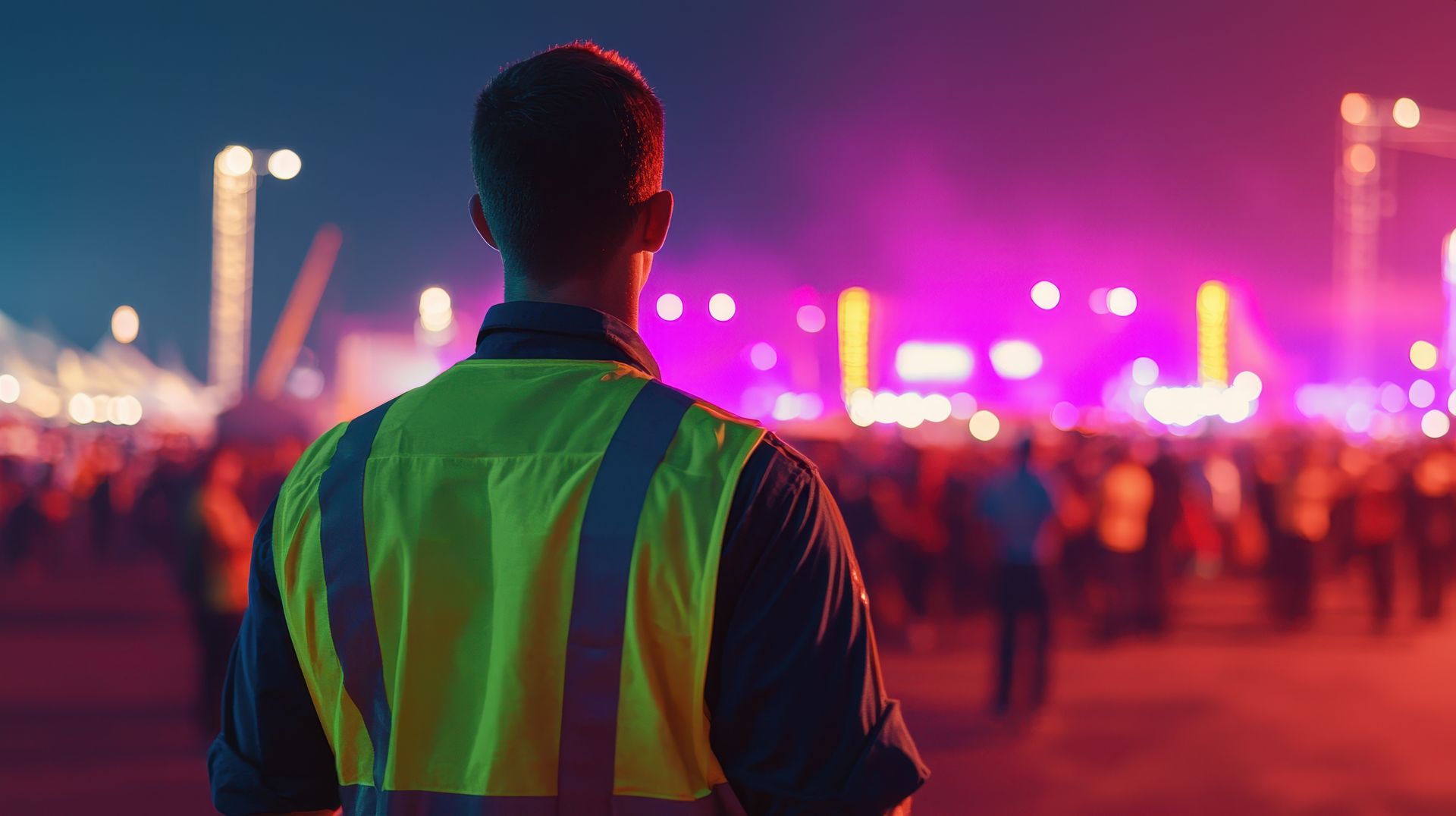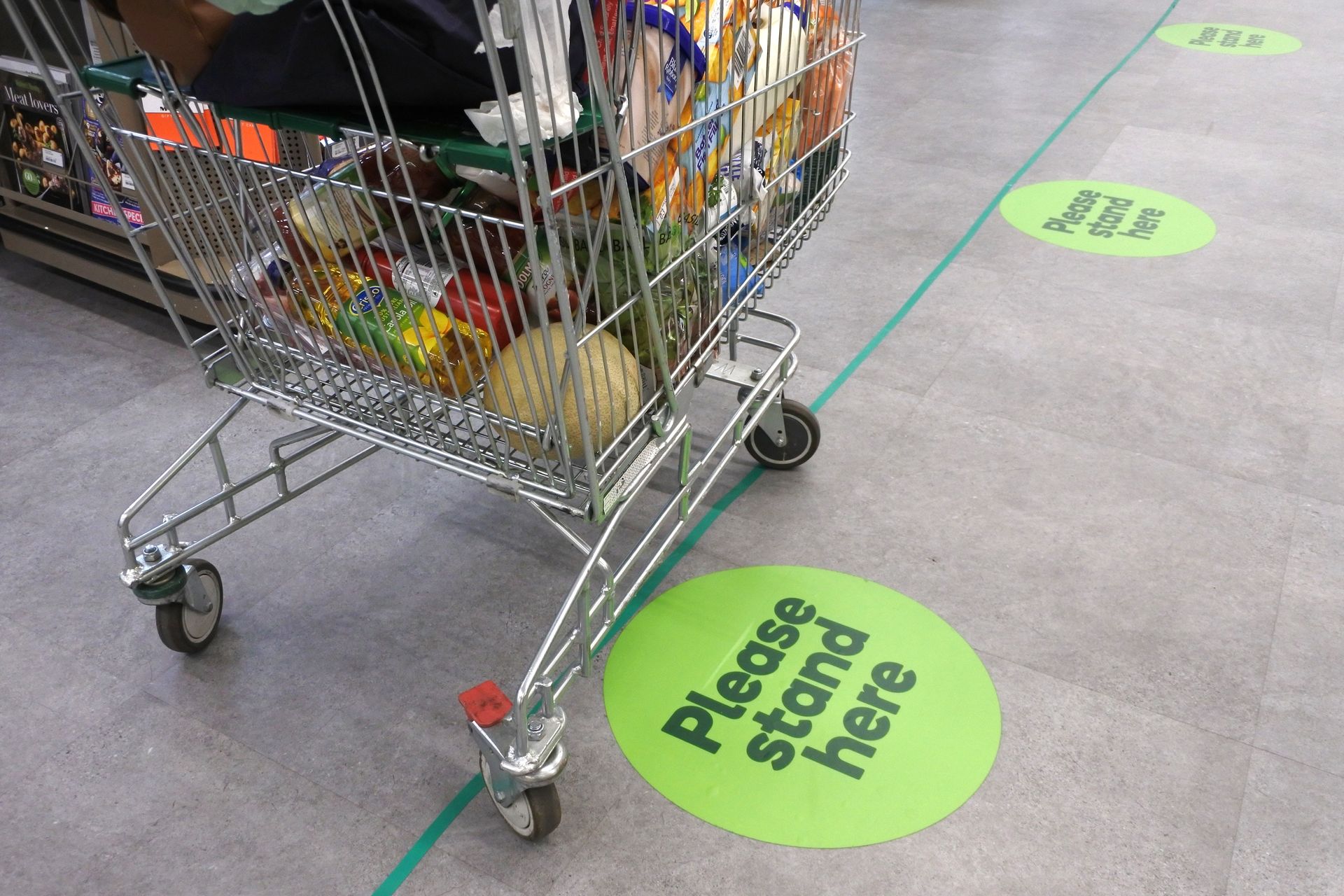When is a Nurse not the right Nurse ?

Originally Registered Nurses had to maintain a BASIC first aid qualification, however that is no longer the case. In Australia, “exemptions for first aid certificates are available for registered nurses, medical doctors and professional paramedics. Nurses are only required to hold a current registration certificate”. https://www.realresponse.com.au/first-aid-courses/perth/certificate/
I have just spent 9 weeks on a television production as its safety supervisor, with another company providing the “Set Nurse” to cover first aid. Over that 9 weeks, we had 4 different registered nurses attend. Only two of the four had any real emergency response experience. The provider had met their contractual requirement to provide a “registered nurse”, but some of them, had no ongoing skill maintenance or experience in onsite emergency response or the equipment (more on this later) required to manage any real emergency.
While nurses are required to undertake continuing professional development (CPD) hours, “they only need to do study in areas directly relevant to their context of practice”. https://www.apna.asn.au/education/what-is-cpd. So, for nurses in mental health, child and family health, and perioperative care, first aid might be very low on their skill needs.
Just because the owner of a company or the on-set nurse might be a nice person, does not mean you should accept any nurse for a production, especially one that does not have critical emergency first aid skills. That is the reason why SaveLife carefully screen all the nurses who try and get a role with our company. For example, our latest member to the SaveLife team, Jane Hancock, who has more experience than any set nurse I know. Jane has spent time on the Mercy Ships and Médecins Sans Frontières (Doctors Without Borders).
This problems is not new, in an article written by Safety Consultant Jon Heaney back in Aug 2019, where he identified “NSW health states that only some university’s require nurses to hold their first aid certificate, but not all of them, so it stands that it is not mandatory for someone to hold a 1st aid certificate to become a Registered Nurse.”
“A trained first aider should hold a nationally recognised statement of attainment from a registered training organisation. Some workplaces may require more specific or advanced first aid training depending on the nature of the work or the workplace. First aiders should attend training regularly, so their knowledge and skills are up-to-date.” https://www.linkedin.com/pulse/safety-set-1st-aid-who-when-why-jon-heaney/
But no matter how skilled the nurse or paramedic, they are powerless if they do not have the right gear on site. On the last two productions I have been on, where SaveLife did not provide the medical care, the on-set nurse and paramedic had no advanced airway equipment. Equipment critical for an unconscious patient, no matter what the cause. Or carry pain medication that can give immediate relief until an ambulance arrives. I must be honest I was so frustrated, that the answer I received back from these “medical professionals” was “we don’t carry that, we would call 000”. What then is a production paying for?
Ask yourself this one question: What do you think you are getting when you request a Nurse or Paramedic? A lot of the time it isn’t what would turn up if you dialled 000.
At no extra cost, SaveLife medics will always turn up with oxygen, defib, trauma kit and significant pain relief (green whistle) and be qualified and experienced in emergency response. Because isn’t that what you really want?




